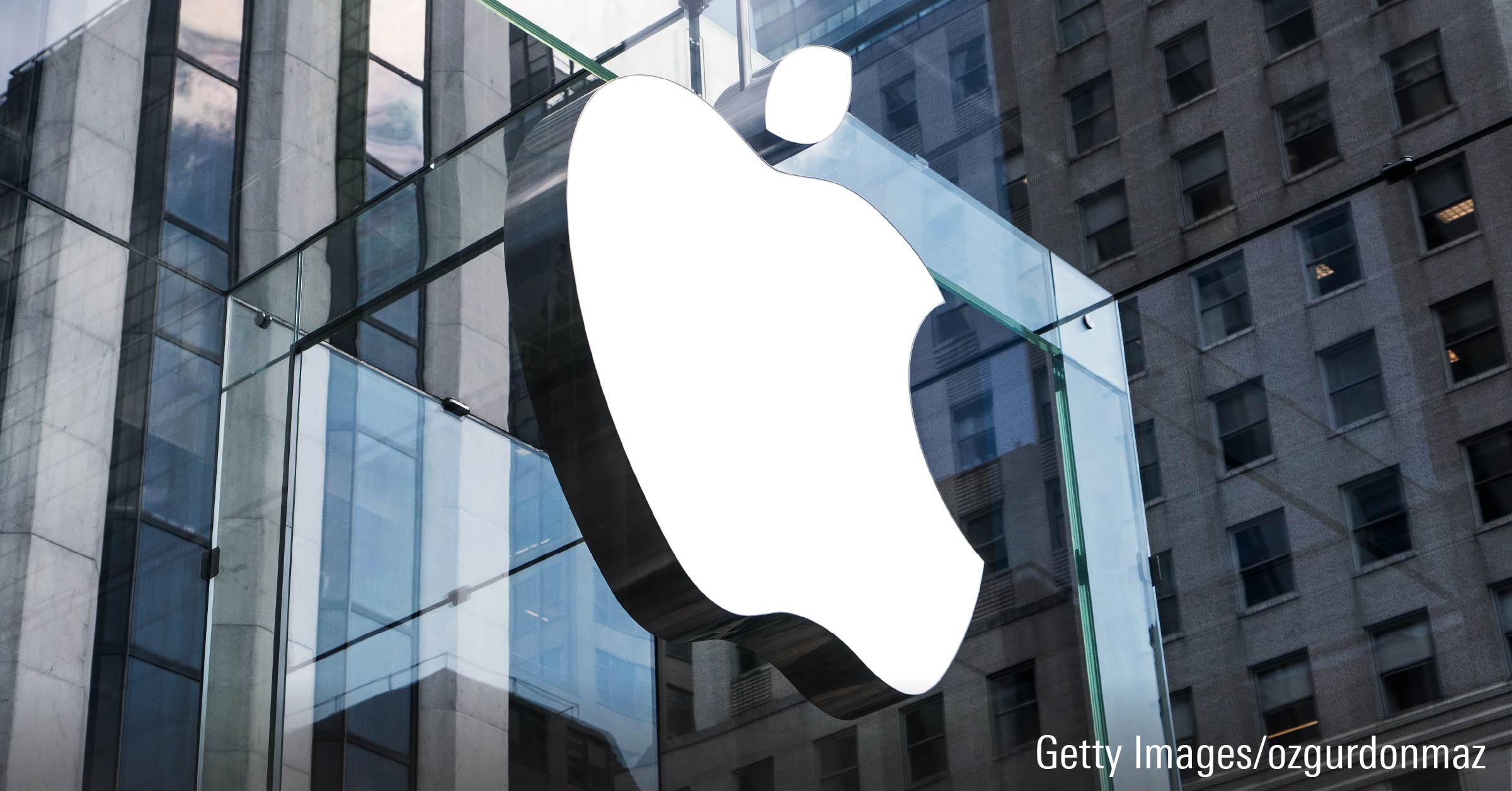This article is part of Morningstar's Guide to Investing for Income
Whilst investing in dividend paying stocks has been a good strategy for investors the last several years, there is a rising concern that dividend paying stocks may be vulnerable if the anticipated rise in bond yields eventually materialises. With the US Federal Reserve on a path to gradual tightening, 10 year Treasury yields are likely to move up from what have been surprisingly low levels. Some market participants believe this means that income producing stocks will no longer look as favourable relative to bonds. Heedlessly chasing yield without paying attention to fundamentals is indeed risky, but in our view investors taking a cautious approach can still reap the benefits of dividend stocks.
Despite US equities valuations being at fair value, there remains a valuation gap between equities and fixed income. Our calculated equity risk premium over 10-Year Baa Corporate bonds stands at 1.6% as of 31 March 2014, as shown in the chart below. If you believe the economic expansion in the US is sustainable, there is justification for maintaining an overall constructive outlook on US equities.
US companies are choosing to boost shareholder returns in the absence of robust revenue growth, which has led to record highs for share buybacks and dividend payments. Greater shareholder return should continue throughout 2014 as interest rates remain low and companies maintain record levels of cash on their balance sheets. Share buybacks allow companies the opportunity to reward shareholders and boost their earnings per share, so we expect to see more of this activity.

As further evidence, investors have seen 133 companies in the S+P 500 increase their dividends in Q1 2014, with an average increase of 22%, even as overall payout ratios remain well below their long-term average. Looking across the market, dividends are expected to increase by another nearly 9% by the end of the year.
So, against this backdrop, what is critically important, more now than ever, is for investors to screen for dividend paying stocks that meet a quality basis: conservative companies with relatively stable patterns of earnings, disciplined management with commitment to return cash to shareholders, sustainable payout ratios that allow for continued growth and business investment, strong balance sheets and relatively low volatility. This quality bias is especially important when shopping amongst the higher yielding areas of the market, including real estate investment trusts and utilities, many of which we don’t own because they appear too expensive or don’t meet our quality standards.
So how does this process work and what stocks should investors be looking for to generate reliable income and potential for upside appreciation?
Firstly, investors have to remember that yield alone does not indicate a stock’s true value. In fact, stocks with moderate yields may perform better over time and in many instances they have been ignored by the markets.
Rather than simply pinpointing the highest dividend payers in the market, investors have to find companies with modest payout ratios – a sign the company can reward investors with dividends today whilst keeping sufficient cash to foster growth tomorrow.
Durable franchises and consistent earnings are another key sign of sustainable income potential. Quality matters.
In terms of portfolio positioning, our main allocation and also our largest overweight remains in the financial services sector. We continue to favour those names that in our opinion are best positioned to navigate the interest rate and regulatory challenges in the sector. For example, we have significant exposure to US regional banks. With healthy deposits on their balance sheets, we think there is pent-up earnings power in these companies, which will be unlocked as loan demand continues to grow. These region financials also fulfill one of our important criteria, which is an attractive payout ratio.
Another area that we favour is the consumer sector. We are finding attractive companies especially in consumer discretionary area, which is our second largest sector overweight compared to the S+P 500 Index.
We may be entering a period where non dividend paying stocks as a blanket sector may struggle to keep up with more cyclical stocks. Even so, investors who take a selective approach to income producing stocks should still be rewarded. This requires a total return approach focused on quality franchises that combine effective use cash, attractive valuations, strong management teams and a healthy dividend. Investors would do well to remember that equity income presents a compelling prospect for yield in what remains a very low interest environment.





























